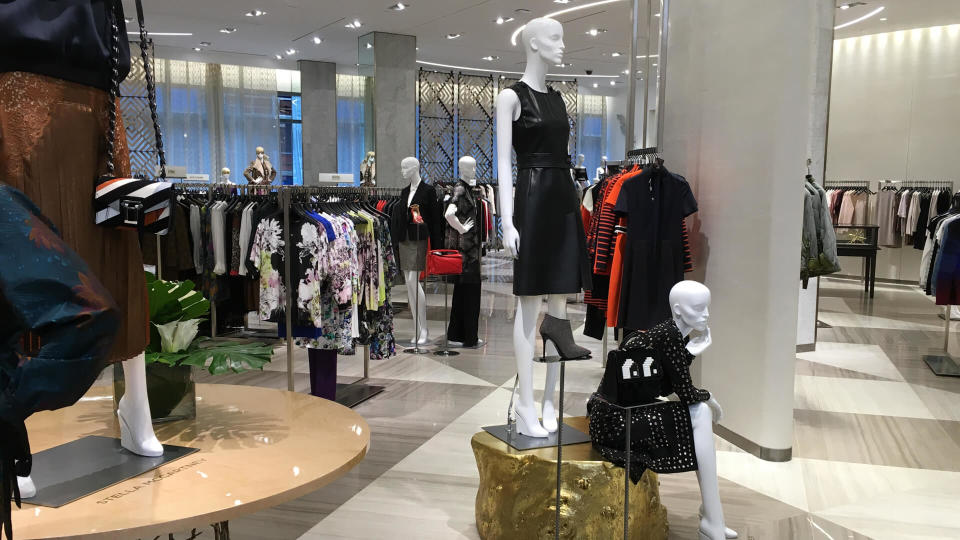How Luxury Stores Like Neiman Marcus and Saks Fifth Avenue Compete for the Attention of the World’s Richest Shoppers

Wealthy Americans have their pick of luxury stores and boutiques to purchase from, so naturally, these companies are in more-or-less direct competition in their attempts to dominate as much of the market as possible. Luxury stores are already known for their customer service and exquisite products, leaving them to look elsewhere for a competitive edge.
For You: I’m a Self-Made Millionaire: This Is the Best Purchase I’ve Made To Grow My Wealth
Discover More: 6 Genius Things All Wealthy People Do With Their Money
You may be surprised at how outside-the-box stores like Neiman Marcus or Saks Fifth Avenue will go to hold onto luxury consumers:
Neiman Marcus is upping the ante with their benefits for their most loyal customers, who spend over $25,000 per year.
Saks Fifth Avenue recently opened a store in Los Angeles County to provide private shopping and exclusive personalized services.
Macy’s updated their store in Miami to include virtual try-on technology, relaxation and branded treatment rooms and aestheticians for certain brands.
Gucci and Brunello Cucinelli intend to open invite-only boutiques in large cities like New York and Los Angeles.
Louis Vuitton and Burberry want their dressing rooms to be as immersive as a hotel suite.
Long Story Short is a new, private luxury shopping application that grants access to much more than expensive jewelry. They also offer classic cars or rare fish — all for a $1,000 monthly subscription fee and a vetting process that operates like a job interview.
Mytheresa, an online retailer, sent 20 or so people to enjoy a rehearsal of the Nutcracker by the New York City Ballet at Lincoln Center, followed by dinner at the Italian restaurant Bad Roman.
Hermès opened a new store in Austin, hoping to tap into a new demographic of consumers accustomed to their local shops.
Dillard’s newest endeavor is The Coterie Shop, offering pieces from four unique brands – Abbey Glass, Buru, Crosby by Mollie Burch and Fanm Mon — which can be purchased online or through select stores.
All-expense paid trips, red carpet events and the finest dining are also part of a business strategy where thriving in the market comes from holding onto the small percentage of the richest shoppers who provide the highest profits. So, while luxury department store chains like Macy’s or Bloomingdale’s want to diversify their brands to attract new people, other luxury stores focus on providing far more than great customer service for their existing clientele.
More From GOBankingRates
Dave Ramsey: Why You Shouldn't Buy a New Car/Take Out an Auto Loan This Year
5 Reasons You Should Consider an Annuity For Your Retirement Savings
This article originally appeared on GOBankingRates.com: How Luxury Stores Like Neiman Marcus and Saks Fifth Avenue Compete for the Attention of the World’s Richest Shoppers

 Yahoo Finance
Yahoo Finance 